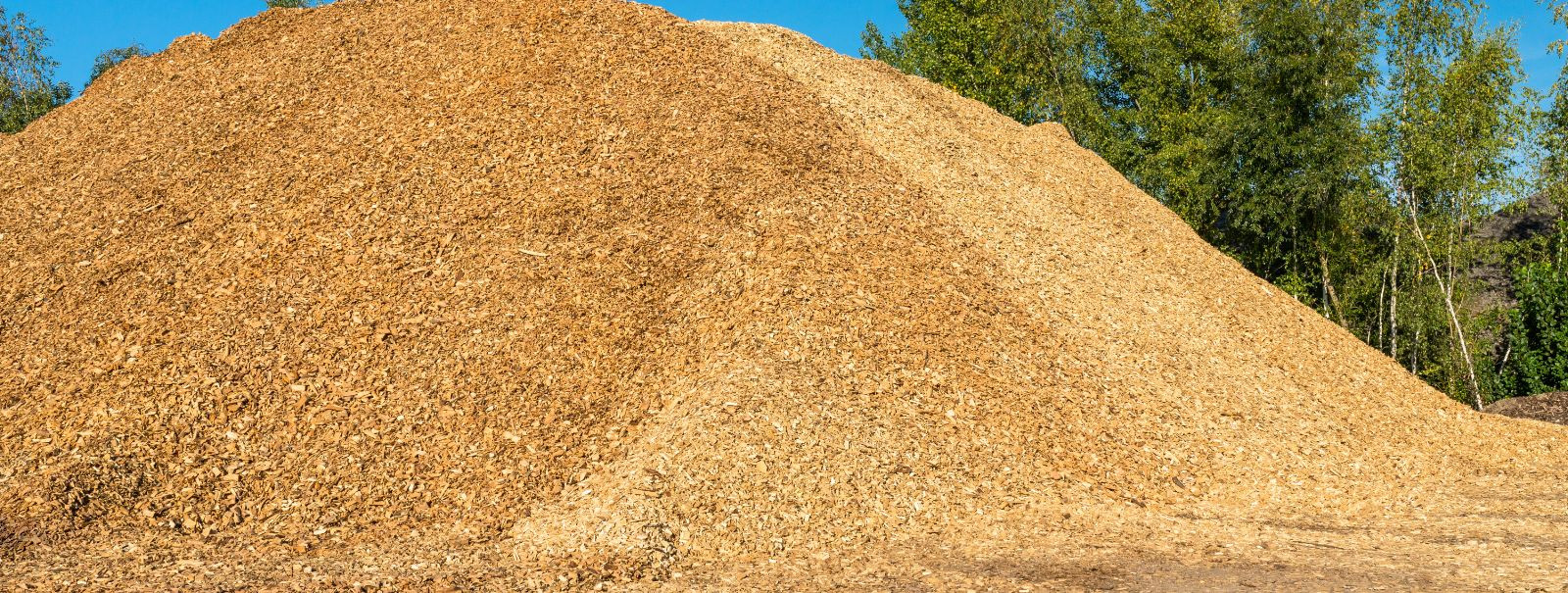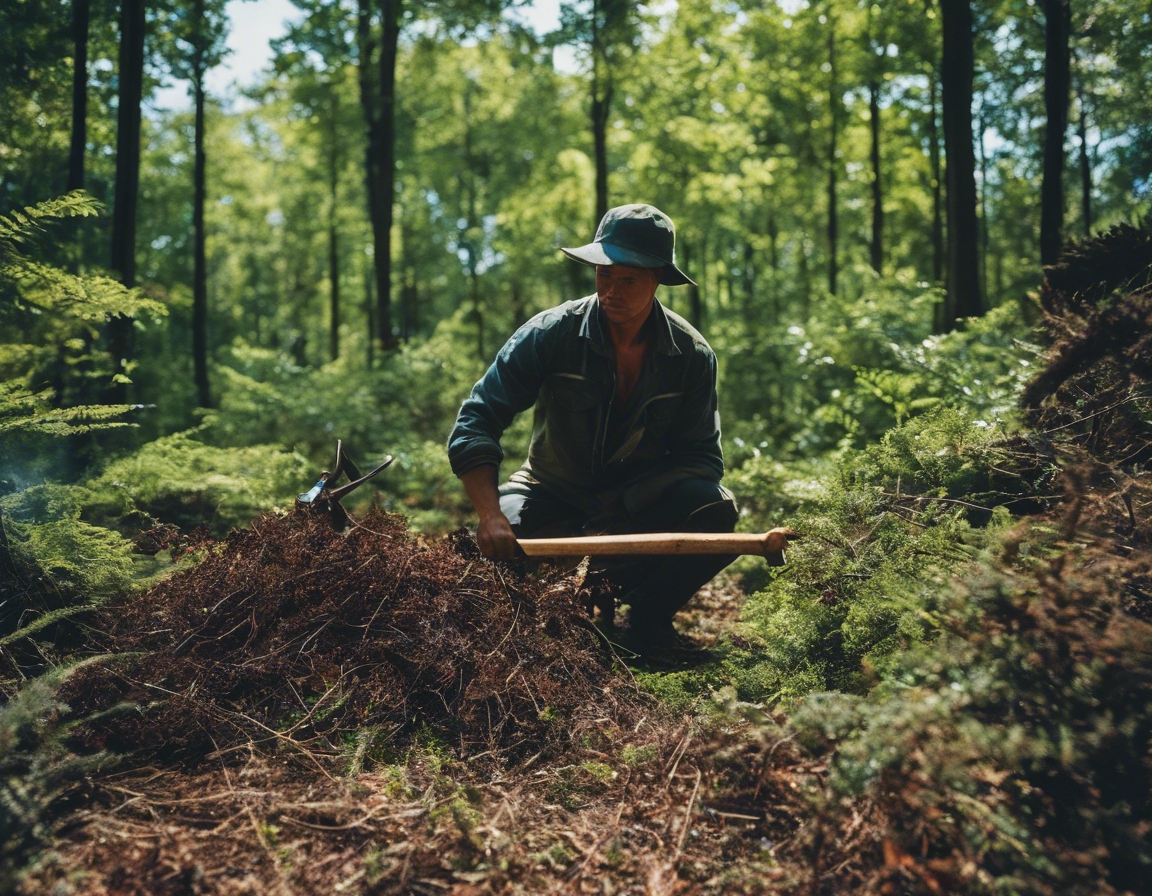The importance of sustainable forest cutting
Sustainable forest cutting is a critical practice in modern forestry management, balancing the need for timber production with the preservation of forest ecosystems. As global awareness of environmental issues grows, sustainable practices in forestry have become essential to ensure that forests continue to provide ecological, economic, and social benefits for future generations.
2. Understanding the Concept of Sustainable Forestry
Sustainable forestry is the practice of managing forest resources to meet the needs of the present without compromising the ability of future generations to meet their own needs. This involves maintaining the health and diversity of forest ecosystems, ensuring that forest resources are used efficiently and responsibly.
The benefits of sustainable forestry are manifold. It helps in maintaining biodiversity, protecting water resources, and mitigating climate change by sequestering carbon. Additionally, it supports local economies by providing jobs and resources in a sustainable manner.
3. The Role of Sustainable Forest Cutting in Environmental Conservation
Sustainable forest cutting practices are designed to minimize the impact on wildlife habitats and preserve biodiversity. By carefully selecting which trees to cut and maintaining a diverse range of species, these practices help protect the intricate balance of forest ecosystems.
Forests play a crucial role in maintaining soil health and water quality. Sustainable cutting practices help prevent soil erosion and maintain the natural filtration systems that forests provide, ensuring clean water supplies for surrounding communities.
4. Economic Benefits of Sustainable Forest Cutting
By ensuring that forests are managed sustainably, we can secure a continuous supply of timber and other forest products. This long-term approach supports economic stability and growth in forestry-dependent communities.
Sustainable forestry practices create jobs in rural and semi-rural areas, supporting local economies. By investing in sustainable practices, communities can benefit from a steady source of income and employment opportunities.
5. Techniques and Practices in Sustainable Forest Cutting
Selective cutting involves removing specific trees while leaving the overall structure and function of the forest intact. This method helps maintain biodiversity and reduces the impact on the ecosystem.
Shelterwood cutting is a method where mature trees are removed in phases, allowing younger trees to grow under the protection of older ones. This technique promotes natural regeneration and maintains forest cover.
Agroforestry integrates trees and shrubs into agricultural landscapes, enhancing biodiversity and providing additional income streams for farmers. This practice supports sustainable land management and improves ecosystem services.
6. Challenges and Solutions in Implementing Sustainable Forest Cutting
Implementing sustainable forest cutting practices often involves navigating complex regulatory environments. Collaboration between governments, forestry companies, and environmental organizations is essential to create effective policies and guidelines.
Advancements in technology are providing new tools and methods for sustainable forest management. From satellite monitoring to precision forestry techniques, these innovations are helping to improve efficiency and reduce environmental impact.
7. The Role of METSASTAJA OÜ in Promoting Sustainable Forest Cutting
METSASTAJA OÜ is committed to promoting sustainable forest cutting practices. By working closely with landowners, forestry companies, and environmental agencies, we aim to implement strategies that balance economic needs with environmental conservation. Our expertise in sustainable forestry ensures that forests are managed responsibly, preserving their value for future generations.





Comments (0)